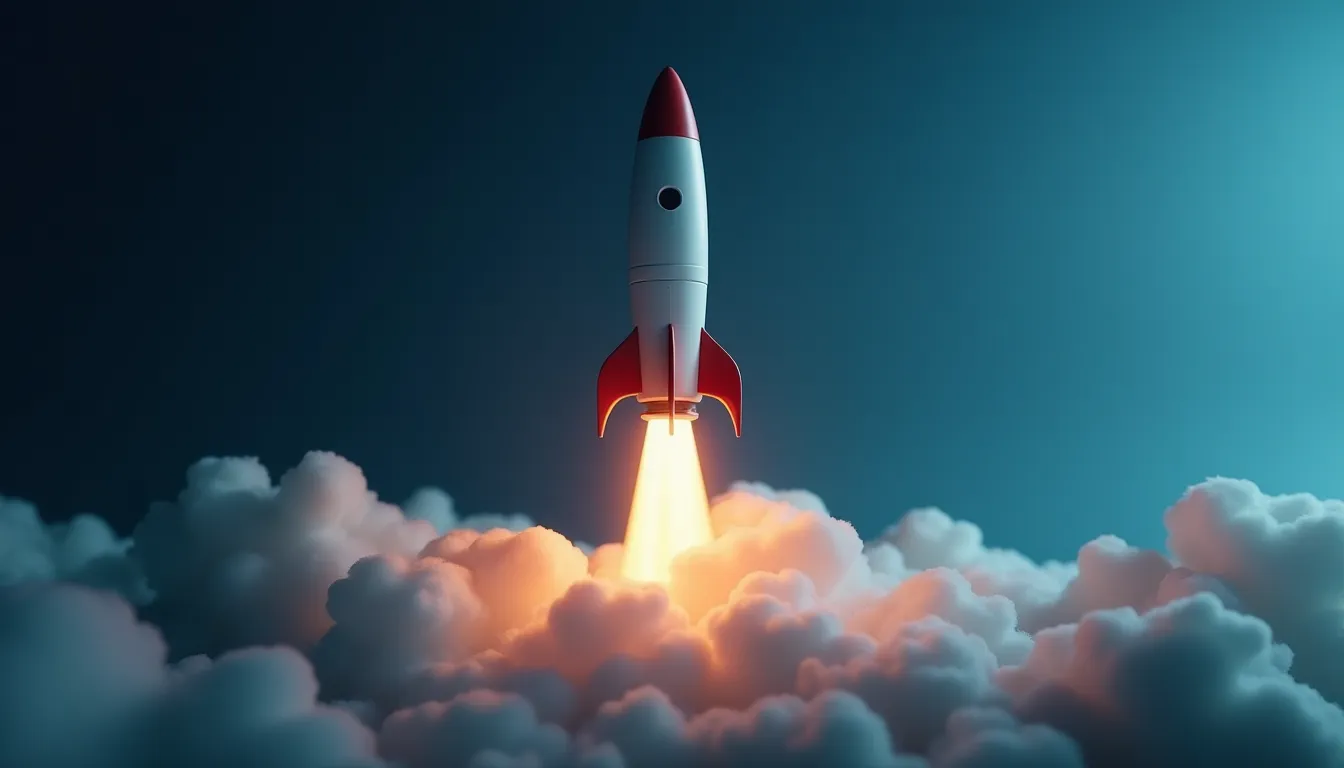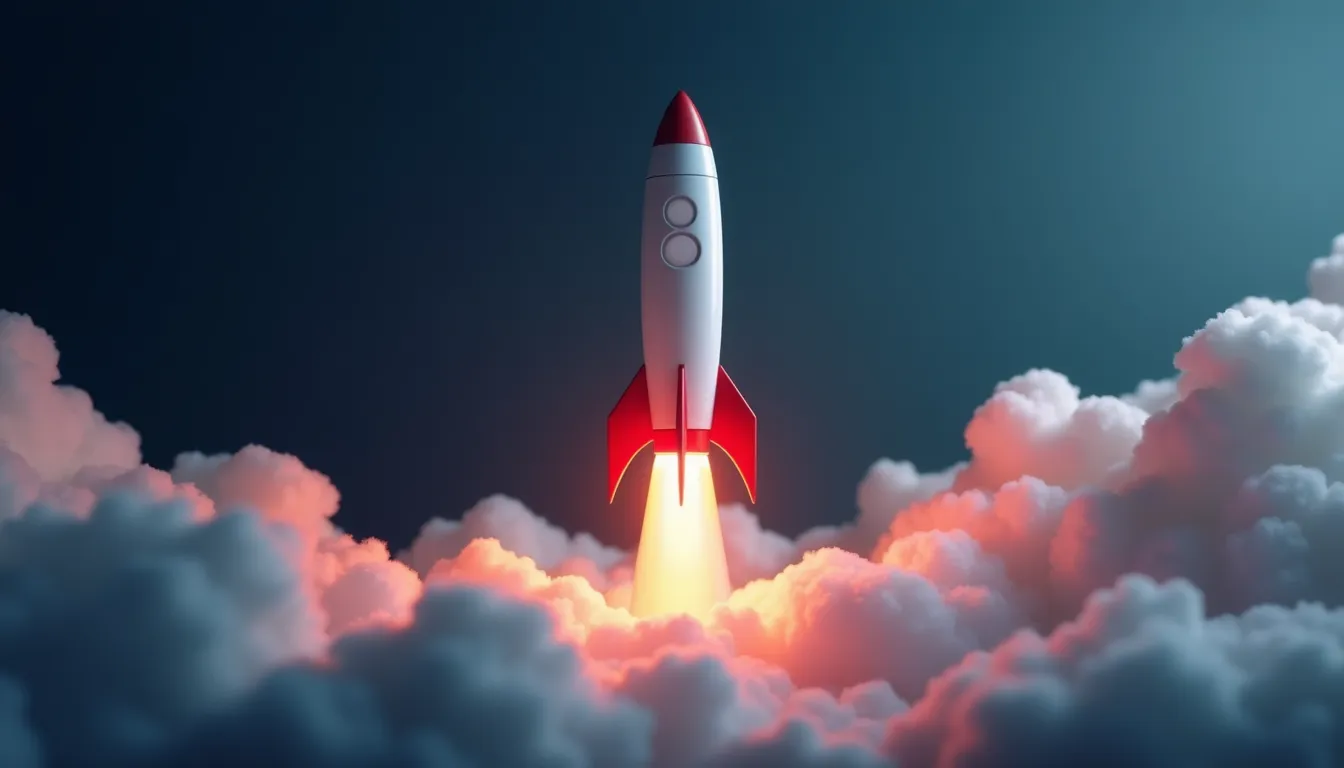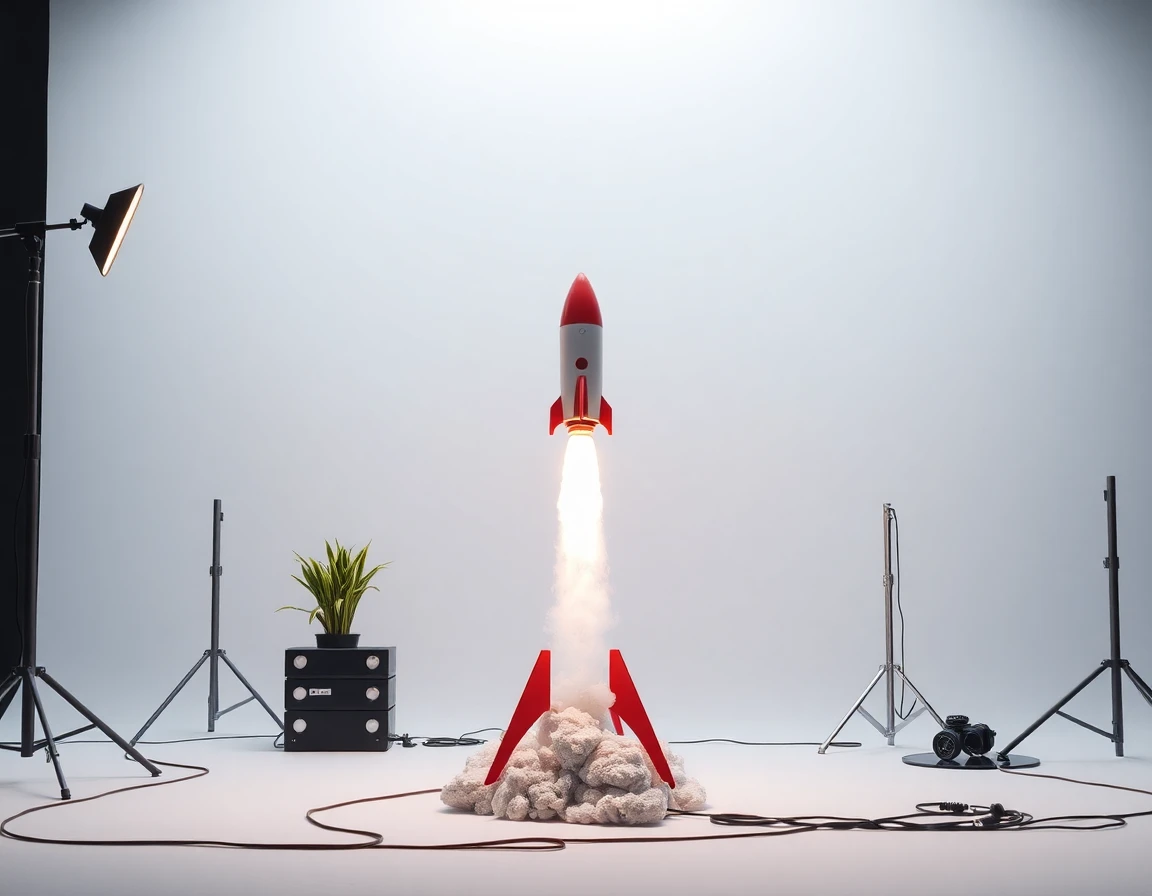Recent months have seen notable progress in the aerospace and defense sectors, particularly in rocket technology. With a focus on high-frequency launches and advanced mission preparations, key players like SpaceX and NASA are pushing the boundaries of what is possible in space exploration. This article delves into the latest rocket advancements, mission updates, and emerging technologies that are shaping the future of space travel and planetary defense.
SpaceX Falcon 9 Launches and Starlink Operations
SpaceX continues to solidify its position as a leader in the aerospace industry with plans for over 100 Falcon 9 launches in 2025. This ambitious initiative emphasizes a shift towards high-frequency, airport-like operations, enhancing the scalability of satellite deployments and other missions.
On September 17, 2025, SpaceX successfully launched 28 Starlink satellites from Cape Canaveral, contributing to its expansive satellite internet constellation. This launch is part of a broader strategy to provide global broadband coverage, with the company committed to reducing latency and improving internet access worldwide.
Additionally, the Falcon 9 played a pivotal role in NASA’s DART mission, launched on November 23, 2024. This mission marked SpaceX’s first foray into interplanetary exploration, aiming to test planetary defense techniques by altering an asteroid’s trajectory. The DART mission underscores the importance of developing advanced navigation systems, such as high-performance MEMS accelerometers, which enhance precision in trajectory calculations and mission success.
NASA Artemis II Mission Preparations
NASA is gearing up for its highly anticipated Artemis II mission, scheduled for no later than April 2026. Recent activities have focused on critical preparations, including the loading of propellants and testing of the crew interface for the Orion crew module and service module. These systems are integral to ensuring the safety and efficiency of crewed missions to the Moon.
In early October 2025, the integrated crew and service modules, along with the launch abort system, will be moved to the Vertical Assembly Building for stacking on the Space Launch System (SLS) rocket. This mission will not only pave the way for lunar exploration but also lay the groundwork for future manned missions to Mars. The technological advancements achieved through the Artemis program will undoubtedly influence the design and functionality of high-voltage thermal battery systems for various aerospace applications.
Innovative Space Weather Monitoring Missions
In a significant stride for space weather research, NASA, in collaboration with NOAA, launched three satellites aboard a Falcon 9 rocket from Kennedy Space Center. This mission is designed to monitor solar weather and its potential impacts on critical infrastructure, including GPS systems and power grids.
Among the satellites is NOAA’s SWFO-L1 spacecraft, which represents the first fully dedicated observatory for space weather. The Carruthers Geocorona Observatory complements this mission by studying Earth’s upper atmosphere and its reaction to solar activity. The insights gained from these missions will enhance astronaut safety and provide vital data for predicting solar storms, ultimately safeguarding civilian applications.
NASA’s ESCAPADE Mars Mission
NASA’s twin ESCAPADE spacecraft recently returned to Florida for final preparations ahead of their launch on Blue Origin’s New Glenn rocket, scheduled for this fall. These spacecraft are designed to orbit Mars, focusing on its magnetic field structure and the processes of atmospheric escape. Understanding these phenomena is crucial for future human and robotic exploration of the Red Planet.
The ESCAPADE mission exemplifies the collaborative efforts in aerospace technology, with the spacecraft built and tested by Rocket Lab in California. As they undergo inspections at the Astrotech Space Operations Facility, the integration of advanced sensor modules, such as 9-DOF MEMS IMUs, will enhance the spacecraft’s navigational capabilities, ensuring precise orbital maneuvers around Mars.
Conclusion
The rapid advancements in rocket technology and related missions signify a new era in aerospace exploration. With SpaceX’s Falcon 9 leading the charge in satellite deployment and interplanetary missions, and NASA’s Artemis II paving the way for lunar and Martian exploration, the future looks promising. As these organizations continue to innovate, the integration of sophisticated technologies, such as precision accelerometers and thermal battery systems, will play a critical role in ensuring mission success and safety. The coming years will undoubtedly witness unprecedented achievements in space exploration, driven by a collective commitment to push the boundaries of human ingenuity and technological advancement.
References
-
Updates - SpaceX (www.spacex.com) Airport-Like Operations. SpaceX’s Falcon rockets are on track to launch more than 100 times from Florida alone in 2025, while other launch operators have …
-
Month: September 2025 (spaceflightnow.com) - 9/24/2025 SpaceX launches 28 Starlink satellites on Falcon 9 rocket from Cape Canaveral · September 17, 2025 Will Robinson-Smith.
-
Artemis II Science and Technology News Conference (Sept. 23, 2025) (www.youtube.com) - 9/23/2025 … space travel. Artemis II is scheduled for no later than April 2026. In this news conference, leaders in the Artemis program and Science …
-
NASA launches urgent mission to protect GPS, power grids from solar storms (abcnews.go.com) - 9/23/2025 NASA and NOAA launch three satellites to monitor space weather, protecting vital technologies like GPS and power grids from solar storms.
-
NASA’s ESCAPADE Spacecraft Return to Florida to Prepare for Launch (science.nasa.gov) - 9/23/2025 NASA’s two ESCAPADE spacecraft appear inside a clean room at the Astrotech Space Operations Facility in Titusville, Florida, in September 2025.
-
Artemis II Mission Overview News Conference (Sept. 23, 2025) (www.youtube.com) - 9/23/2025 … space travel. Artemis II is scheduled for no later than April 2026 … Artemis II Science and Technology News Conference (Sept. 23, 2025).



